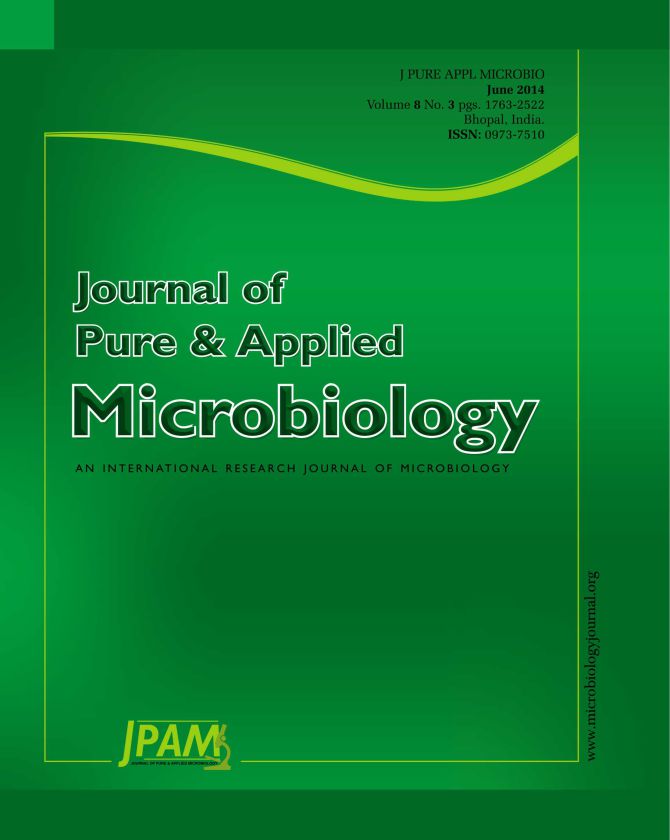The effect of three fungicides (chlorothalonil, carbendazim, thiram, each fungicide set for three concentration: (0.1, 1, 10 mg/l) on spore germination, hyphal elongation, the biomass and malondialdehyde content of carrot hairy roots were investigated using a strict in vitro cultivation system associating the Ri T-DNA-transferred carrot hairy roots with Glomus etunicatum. The results show that three fungicides at all three concentration except for thiram at the 0.1 mg/l impacted significantly on spore germination and hyphal elongation. The impacts of the fungicides were more significant with the increasing concentration. Both of the biomasses of the fungus colonized carrot hairy roots and no fungus colonized roots treated with fungicides were decreased compared with the control. G. etunicatum root colonization and spore production as well as hyphal Succinate dehydrogenase and Alkaline phosphatase activity reduce with the concentration of fungicide increasing. These evidences suggest that the fungicides have adverse effects on both plant and arbuscular mycorrhizal fungus during the plant-fungus interactions. Both of the malondialdehyde of the fungus colonized and non-colonized roots were increased, but the contents of the fungus colonized hairy roots were lower than that of non-colonized roots, indicating that the arbuscular mycorrhizal fungus can protect plants to a certain degree in the adverse conditions. The results of the impacts of fungicides on carrot hairy roots/AM fungus association in this paper will be useful in instruction the use of fungicides with the consideration of ecological effects.
Fungicide Arbuscular mycorrhizal Hairy root Root colonization
© The Author(s) 2014. Open Access. This article is distributed under the terms of the Creative Commons Attribution 4.0 International License which permits unrestricted use, sharing, distribution, and reproduction in any medium, provided you give appropriate credit to the original author(s) and the source, provide a link to the Creative Commons license, and indicate if changes were made.


